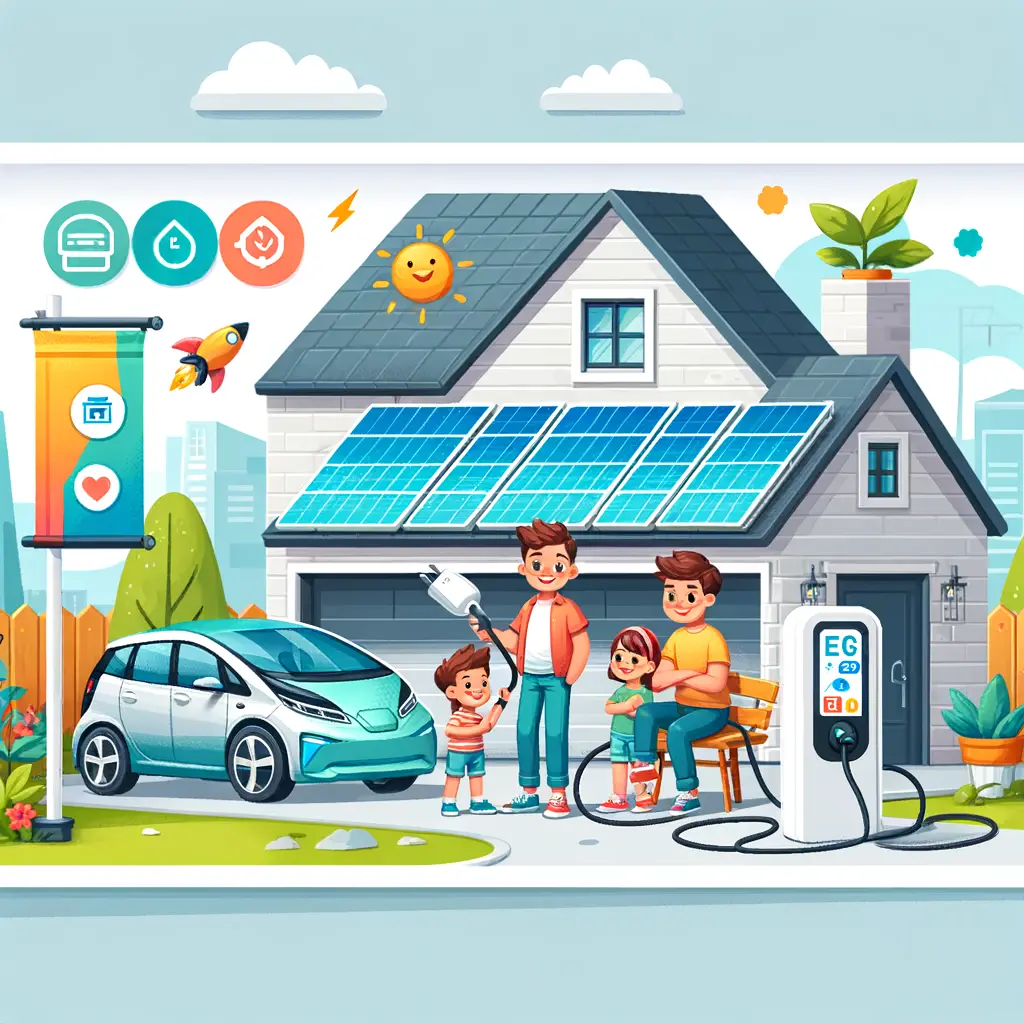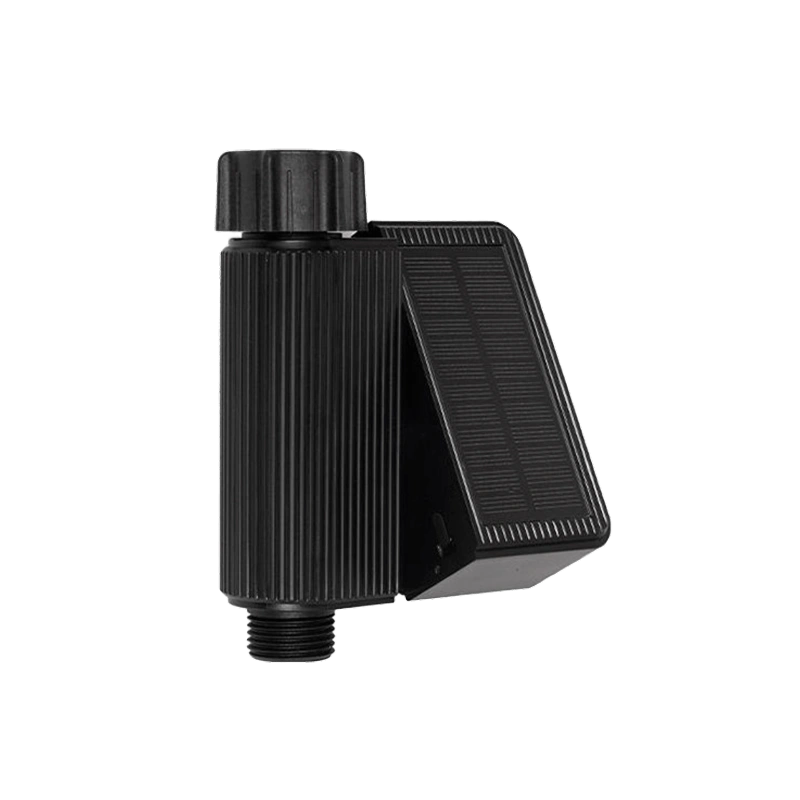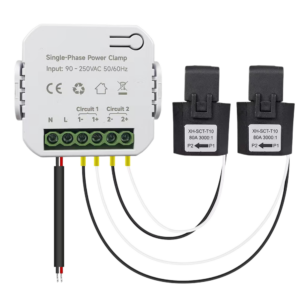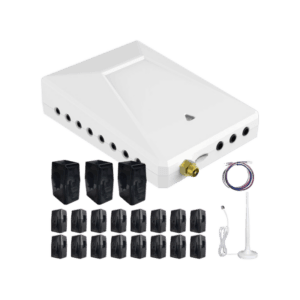Electric vehicles (EVs) are becoming increasingly popular, and with this rise, understanding how to manage their charging costs efficiently is crucial. Residential EV rate plans are specialized electricity pricing structures designed for households with EVs. These plans typically offer lower rates during off-peak hours to encourage charging when the grid is less strained, resulting in cost savings for consumers and better grid management. In this blog, we will explore the key features of these rate plans, their benefits, and how to choose the best plan to maximize savings.
Understanding Residential EV Rate Plans
Residential EV rate plans are designed to provide cost-effective charging solutions for EV owners. These plans leverage Time-of-Use (TOU) rates, which vary based on the time of day, to incentivize off-peak charging. By shifting electricity usage to times when demand is lower, these plans help reduce the overall cost of electricity and ease the load on the electrical grid.
Key Features of EV Rate Plans
1. Time-of-Use (TOU) Rates
TOU rates are central to most EV rate plans. They offer different electricity prices depending on the time of day, encouraging EV owners to charge their vehicles during off-peak hours when electricity is cheaper. For instance:
- PG&E EV2-A Plan: This plan offers the lowest rates from midnight to 3 p.m. daily, making it the best time for charging EVs and using large appliances. Rates are highest during peak hours (4-9 p.m.) and moderate during partial-peak times (3-4 p.m. and 9 p.m.-midnight).
- SDG&E EV-TOU-5 Plan: This plan has three pricing periods. The lowest rates are available during super off-peak hours (midnight to 6 a.m.), and highest during on-peak hours (4-9 p.m.). This plan is ideal for those who can shift their electricity usage away from peak hours.
- SCE TOU-D-PRIME Plan: Offers the lowest rates between 8 a.m. and 4 p.m., which is advantageous for those who can charge their EVs during the day. This plan helps manage grid demand by promoting daytime charging when overall electricity demand is lower.
2. Second Meter Options
Some rate plans, like PG&E's EV-B Plan, require a second meter to separate home and vehicle electricity costs. This setup allows for detailed tracking of EV charging costs independently from household usage. The best time to charge is from 11 p.m. to 7 a.m.. This option is ideal for households that want to manage and track their EV-related electricity costs separately.
3. Flat Monthly Fees
Many plans include a basic monthly service fee to cover the cost of service. For example, the SDG&E EV-TOU-5 Plan includes a $16 monthly fee, in addition to the variable rates based on time of use. These fees help cover the cost of maintaining the grid infrastructure and managing the service.
Benefits of EV Rate Plans
1. Cost Savings
One of the primary benefits of EV rate plans is the potential for significant cost savings. By charging during off-peak hours, EV owners can reduce their electricity costs substantially. For instance, charging an EV during off-peak hours on the PG&E EV2-A rate plan can be as cost-effective as paying $2.14 per gallon for gasoline when combined with CARE and FERA discounts.
2. Grid Management
EV rate plans help manage the load on the electricity grid by incentivizing off-peak charging, which can prevent overloading the system during high-demand periods. This not only helps maintain grid stability but also supports the efficient use of energy resources.
3. Environmental Impact
Encouraging the use of EVs and providing cost-effective charging solutions supports the reduction of greenhouse gas emissions, contributing to cleaner air and a healthier environment. By making EV ownership more affordable, these rate plans play a crucial role in promoting sustainable transportation.
Detailed Analysis of Specific EV Rate Plans
PG&E EV2-A Plan
The PG&E EV2-A Plan offers the lowest rates from midnight to 3 p.m., making it ideal for charging EVs and running large appliances. The plan's structure encourages off-peak usage, providing significant savings for those who can adjust their electricity usage accordingly. With eligibility for CARE and FERA discounts, this plan can make EV charging highly economical.
SDG&E EV-TOU-5 Plan
The SDG&E EV-TOU-5 Plan includes three pricing periods, with the lowest rates during super off-peak hours (midnight to 6 a.m.) and the highest during on-peak hours (4-9 p.m.). This plan is suitable for households that can shift their electricity usage to off-peak times, maximizing savings on their electric bills.
SCE TOU-D-PRIME Plan
The SCE TOU-D-PRIME Plan offers the lowest rates between 8 a.m. and 4 p.m., which is advantageous for those who can charge their EVs during the day. This plan helps manage grid demand by promoting daytime charging when overall electricity demand is lower.
MCE Clean Energy EV2 Plan
The MCE Clean Energy EV2 Plan features lower rates during off-peak hours and offers additional benefits through the MCE Sync app, which helps schedule charging during the cheapest times. This plan also provides rebates for purchasing or leasing EVs and options to power EVs with 100% renewable energy.
Comparison Table of EV Rate Plans
| Feature | PG&E EV2-A Plan | SDG&E EV-TOU-5 Plan | SCE TOU-D-PRIME Plan | MCE EV2 Plan |
|---|---|---|---|---|
| Off-Peak Rate (cents/kWh) | ~10-15 | 13.0 | Lowest rates during 8 a.m.-4 p.m. | Similar off-peak rates |
| Peak Rate (cents/kWh) | 40-50 | 67.5 | Higher during peak hours | Comparable peak rates |
| Basic Monthly Fee | None | $16 | Varies | Varies |
| Best Charging Time | Midnight to 3 p.m. | Midnight to 6 a.m. | 8 a.m. to 4 p.m. | Off-peak periods as defined |
| Second Meter Required | No | No | No | No |
| Eligibility for Discounts | CARE, FERA | Various discounts available | Various discounts available | Rebates for EV purchases |
Battery Electric Vehicles (BEVs) VS the EV2 rate plan
BEV (Battery Electric Vehicle)

- Definition: BEVs are electric vehicles that run entirely on battery power. They do not have an internal combustion engine and rely solely on electric motors for propulsion.
- Power Source: They are powered by rechargeable battery packs.
- Emissions: BEVs produce zero tailpipe emissions, making them environmentally friendly.
- Examples: Tesla Model S, Nissan Leaf, Chevrolet Bolt.
EV2 (Electric Vehicle Rate Plan)

- Definition: The EV2 rate plan is a specific electricity pricing plan designed for residential EV owners.
- Purpose: It offers lower electricity rates during off-peak hours to encourage EV owners to charge their vehicles when demand on the grid is low.
- Features:
- Time-of-Use Rates: Different rates depending on the time of day, with cheaper rates during off-peak hours.
- Eligibility: May be eligible for additional discounts such as CARE or FERA in some regions.
- Examples: PG&E's EV2-A plan, SDG&E's EV-TOU-5 plan.
Key Differences
- Nature: BEV is a type of vehicle, whereas EV2 is a pricing plan for electricity.
- Function: BEVs are vehicles that use electricity as fuel, while EV2 plans manage how much users pay to charge these vehicles at home.
- Focus: BEVs focus on providing a transportation solution, while EV2 plans focus on reducing the cost of charging these vehicles.
Example Comparison
| Feature | BEV | EV2 Rate Plan |
|---|---|---|
| Definition | Battery Electric Vehicle | Residential electricity pricing plan |
| Purpose | Provide electric transportation | Lower cost for EV charging |
| Power Source | Rechargeable battery pack | Varies based on time-of-use rates |
| Emissions | Zero tailpipe emissions | N/A |
| Examples | Tesla Model 3, Nissan Leaf | PG&E EV2-A, SDG&E EV-TOU-5 |
While BEVs and EV2 rate plans are both integral to the ecosystem of electric vehicles, they address different aspects of EV ownership. BEVs are the vehicles themselves, providing clean transportation solutions, whereas EV2 rate plans offer cost-effective ways to charge these vehicles. Understanding both concepts is essential for anyone looking to maximize the benefits of electric vehicle ownership.
Real-World Applications and Examples
Case Study: Family in San Francisco
The Johnson family lives in San Francisco and has an annual household income of $120,000. They recently purchased an electric vehicle and are looking for the best rate plan to manage their charging costs. After evaluating different options, they chose the PG&E EV2-A Plan. By scheduling their EV charging between midnight and 3 p.m., they are able to take advantage of the lowest rates, significantly reducing their monthly electricity bill. Their careful planning allows them to save approximately $50 each month compared to standard residential rates.
Case Study: Individual in Los Angeles
Michael, a single professional living in Los Angeles, uses his EV for his daily commute. He opted for the SDG&E EV-TOU-5 Plan, which offers super off-peak rates from midnight to 6 a.m. Michael programs his EV to charge during these hours, resulting in substantial savings on his electricity bill. By shifting other household electricity usage, like running his dishwasher and laundry, to off-peak times, Michael maximizes his savings further, lowering his overall monthly electricity expenses.
Tips for Maximizing Savings
Optimal Charging Schedules
Programming your EV to charge during the lowest rate periods is key to maximizing savings. Most EVs and home charging stations allow you to set charging schedules, ensuring you take full advantage of off-peak rates.
Using Smart Technology
Leveraging smart technology can provide additional savings. For instance, the MCE Sync app not only helps schedule the best times for charging but also offers potential cash-back opportunities. Utilizing such tools can enhance your overall savings and efficiency.
Energy-Efficient Practices
Incorporating energy-efficient practices at home can further reduce your electricity costs. Using energy-efficient appliances, turning off devices when not in use, and managing your household energy consumption smartly all contribute to lowering your overall energy bill.
Residential EV rate plans offer significant benefits for EV owners, including cost savings, better grid management, and positive environmental impacts. By understanding the key features of these plans and choosing the one that best suits your needs, you can maximize your savings and contribute to a more sustainable energy system. Evaluate your options, schedule your charging smartly, and take advantage of available discounts and rebates to get the most out of your EV rate plan.




